What is collaborative teaming in an organization? When we look at this concept, a good analogy is to think of the word "team" like playing on a soccer team, for instance. Continual communication is critical to the team’s success, requiring frequent collaboration between team members to deliver a winning solution or service.
Before there can be effective collaborative teaming, the initial question to ponder is, does your organization have an environment that is conducive to effective communication? What are the requirements for this type of environment?
Gallup defines engaged employees as “those who are involved in, enthusiastic about, and committed to their work and workplace.” Less than one-third of teams are engaged at work, and according to Gallup (paywall), a majority of workers "believe that their organization’s project performance would improve if their teams worked more collaboratively."
What’s the culprit? Effective communication is often lacking, resulting in miscommunication.
Certain skills are needed to improve team performance and raise employee engagement. Exemplary team members excel at:
- Communicating
- Engaging in conflict resolution so that projects stay on target
- Listening to fellow team members
- Persuading team members, which can avert conflict and increase productivity
While all criteria are crucial, good communication begins with the ability to listen to other team members well. Yes, miscommunication between team members is inevitable, but there are several factors in particular that can destabilize teams:
- Important emails get overlooked or end up in spam
- Misunderstandings
- Misinterpretations
- Non-understanding
- Lack of trust
- Personalities that don't mesh with one another
- Power control issues that stem from insecurity
- Lack of clarity on roles, expectations, and goals
- Lack of attendance to meetings and not meeting deadlines
Let’s look at three facets to miscommunication:
- Misunderstanding: This is a failure to understand something correctly, which results in making assumptions. Really listening to what is being said without assuming is a challenge for most individuals. To ensure understanding, have the team reflect back on what they heard. Reflecting back on what was said can minimize misunderstandings.
- Non-understanding: This means not processing or receiving information. It can happen due to an overflow of emails or missing important meetings.
- Misinterpretation: This means assuming that someone has the information you need them to. An excellent assessment for teams is the Myers-Briggs Type Indicator (MBTI) assessment, as it can give team members an understanding of how fellow teammates listen to and process information. There are 16 different personality sets that are derived from taking the assessment, and within those subsets, a person is either a “J” or a “P.” When someone is assessed as a “J," they process information quickly and make decisions quickly. A “P” is someone who wants to gather more data and will often start analyzing one thing, missing the rest of the information.
A CIO I coach was expressing frustration with her team members. She is a “J.” As she told me about their last team meeting, it was apparent that most of her team members were “P’s.” I recommended to her that she learn who the “P’s” were in her team so that she could call on them to recap a meeting and figure out if they caught all the information. Knowing who on your team is a “J” and a “P” is crucial to preventing communication gaps.
Miscommunication is the culprit that undermines team performance. Another way to strengthen team collaboration and improve communication is ensuring that everyone is clear about their roles and what is expected of them. What are some of the abilities that define expectations and roles on your team?
A strong team has four abilities:
- Technical skills in a specific discipline
- Problem-solving skills: analyzing difficult situations or impasses, and crafting solutions
- Interpersonal skills, especially the ability to collaborate effectively with others
- Organizational skills: communicating well and avoiding conflicts with operating units and their personnel
Individuals who are strong in all four areas are scarce, as most of the emphasis lies on technical and problem-solving skills.
A member who is strong in interpersonal skills and is organizationally savvy may be the team’s most valuable member, as they can gather resources and acquire help from other operating units. Neutralizing weaknesses on your team can be remedied by looking for members who aren't just valued for their skills but are strong in interpersonal and organizational abilities. Having a team member with these strengths enhances the team's effectiveness and productivity.
Another aspect of communication is being open and honest. Building an atmosphere of trust is about communicating openly and honestly with everyone on the team. Can you do that? Does your team bring up issues quickly? And when the issues are on the table, how efficiently does your team work to resolve them? Are your team members encouraged to bring you the bad news? If so, how do you respond to the news?
Building trust and having open communication connects team members and improves engagement. Ask yourself how well you facilitate communication between members. Do you approach your team often or are you a recluse in your office? Do you communicate with everyone equally or do you have a few in your inner circle and exclude others?
If you want to tighten up communication and enhance team collaboration, present the questions highlighted here to your team. Take time to review, and dive deep into your teams’ effectiveness. In this way, you can scrutinize what needs to change to improve team engagement.
(This article was originally posted on Forbes).
